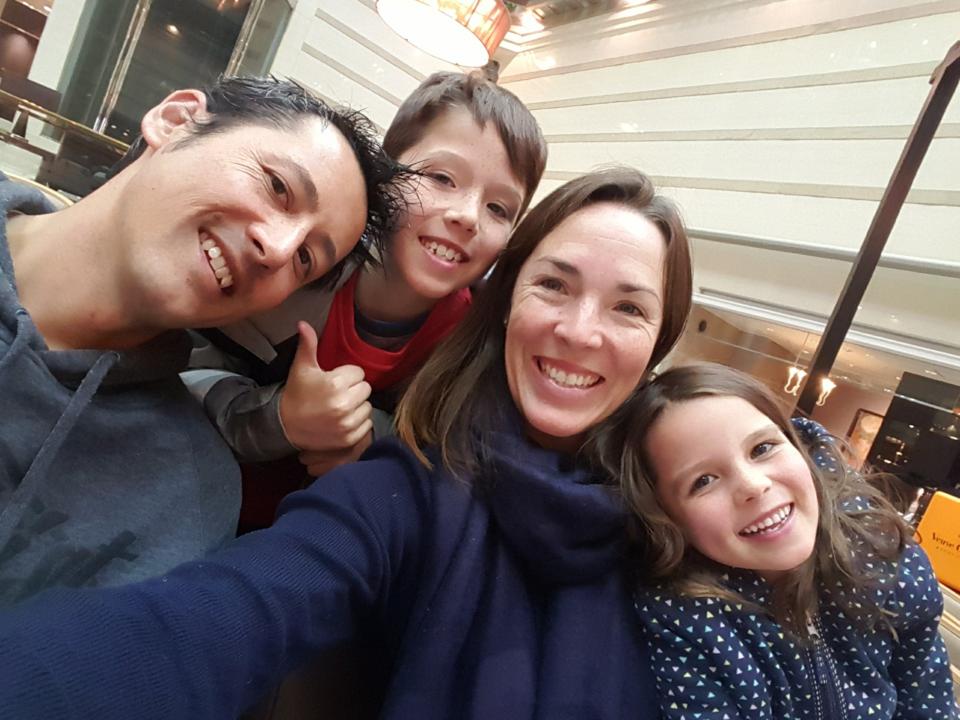Off-road riders cut down trees to make two new roads in the Joshua Tree National Park during the US Government Shutdown.
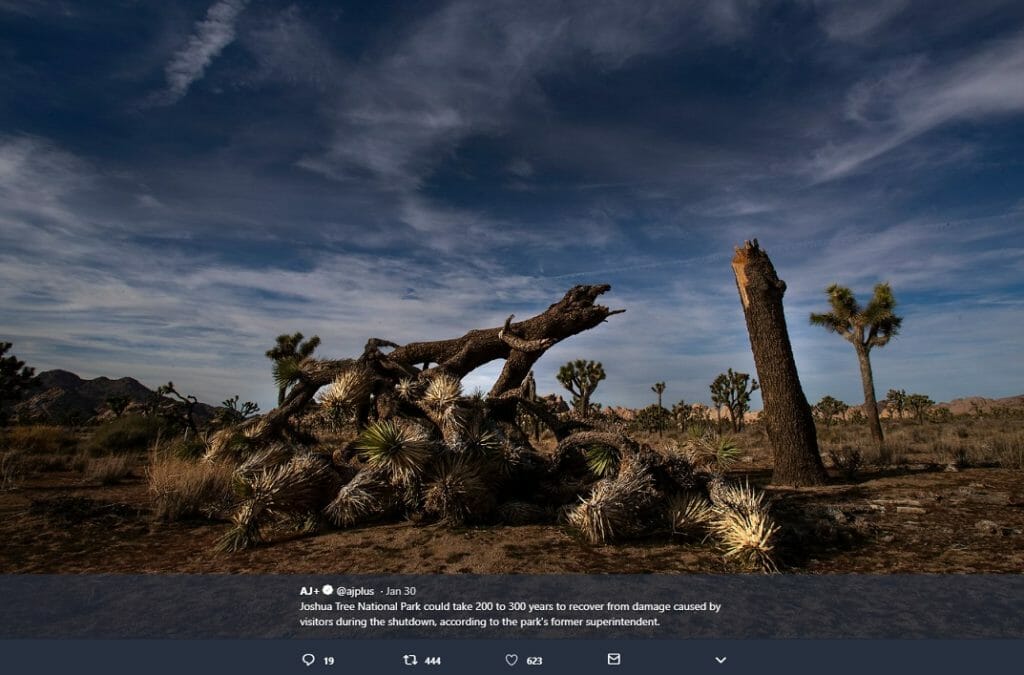
A photo posted on Twitter shows the damage to Joshua Trees in Joshua Tree National Park. Picture: @AJPlus / Twitter
In Death Valley, motorcycle riders did burnouts, scorching tracks into earth that had never been driven on before.
As the cleanup begins, one expert says Australian families may want to consider delaying any plans to visit USA National Parks until the shutdown officially ends.
“The worst damage we have seen is where people have gone off-roading in parts where normally they wouldn’t have been allowed to,” Jason Epperson from America’s National Parks podcast says.
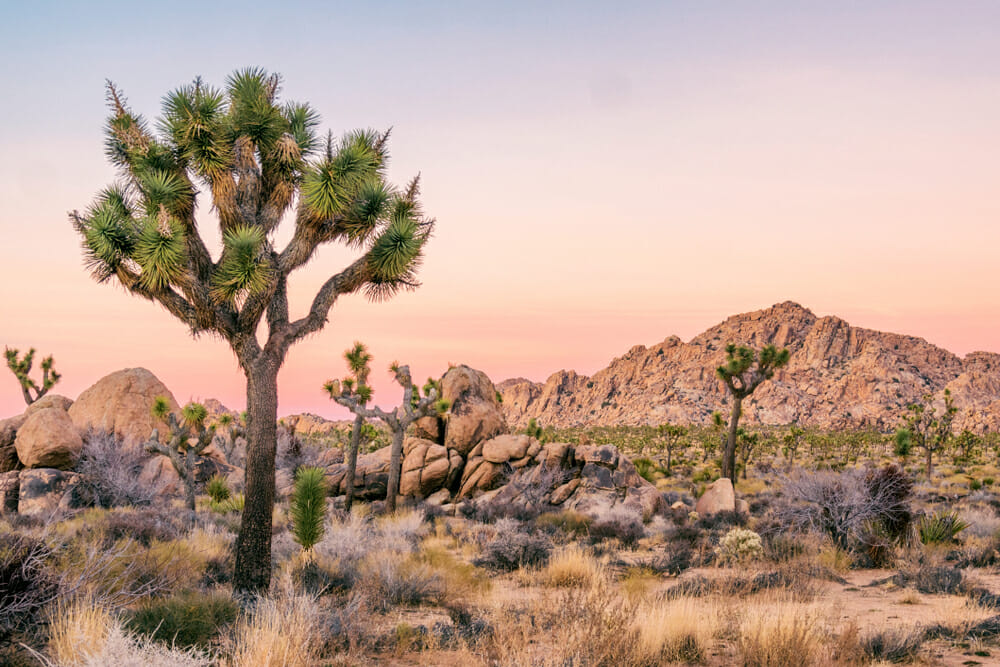
This is what a Joshua Tree should look like. Picture: Shutterstock
“We have seen trees cut down to make access in Joshua Tree and we have seen graffiti in certain parks and tyre tracks in places that have never had a vehicle drive across them before. We still don’t know the full extent of the damage. But most of it has been just massive amounts of trash.”
In the past week, National Parks Rangers have begun to access the damage, cleaning up overflowing garbage, faeces and removing graffiti.
Listen to the full interview with Jason Epperson below.
Curt Sauer, a former superintendent of California’s Joshua Tree National Park said the damage done to the park during the shutdown was “irreparable.”
“What’s happened to our park in the last 34 days is irreparable for the next 200 to 300 years,” he told the Palm Springs Desert Sun.
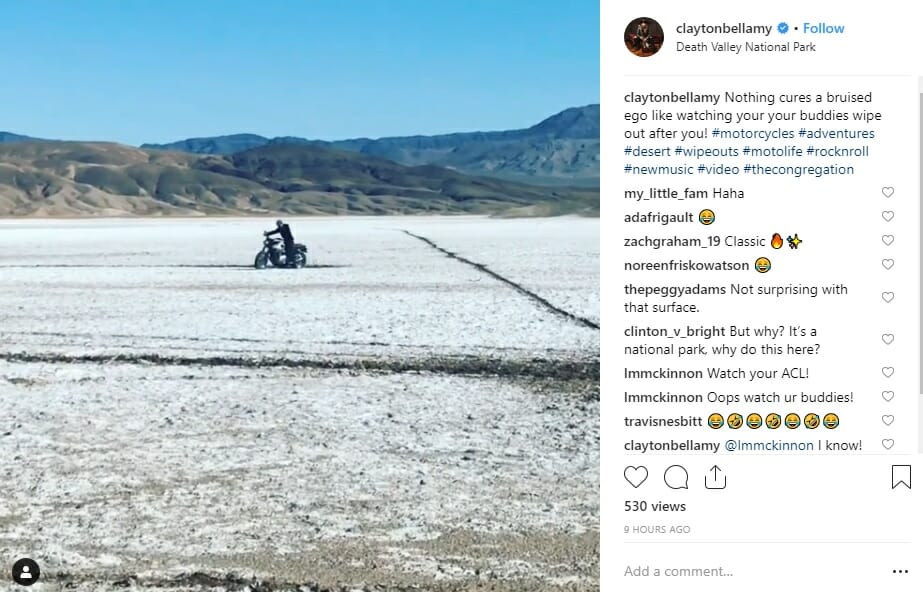
The person who posted this video onto Instagram now insists he was riding outside the National Park. Picture: Instagram
The power to close the parks lies solely with the US President. Past Presidents have copped social media flack for closing the parks. Trump decided to keep them open with reduced staff.
“A park like Yosemite which would have several hundred rangers, maybe only had 15 law enforcement rangers working. It’s a massive reduction, nobody cleaning the bathrooms, bathrooms are locked in most cases. No visitors centres, nothing like that.”
The Shutdown reportedly cost the National Parks up to $14 million in entrance fees that would have been used for future improvements. Yosemite residents told the Guardian crowds of visitors were driving into the park to take advantage of free admission. Some brought their dogs and allowed them to run off-leash.
The Trump shutdown has ended. But only temporarily. The deadline for negotiations between Donald Trump and the Democrats is February 15. If they can’t reach a deal, Trump has warned that he will shut down the government again.
“It feels like we are in limbo. Trump has made it clear that he is not interested in a deal that does not involve a border wall and the Democrats are not interested in a deal that doesn’t include a border wall. We could be right back there around February 15,” Jason says.
The United States has 60 National Parks and more than 350 National Monuments. The most visited parks are the Great Smokey Mountains, the Grand Canyon, Yosemite, Rocky Mountains, Zion and Yellowstone.
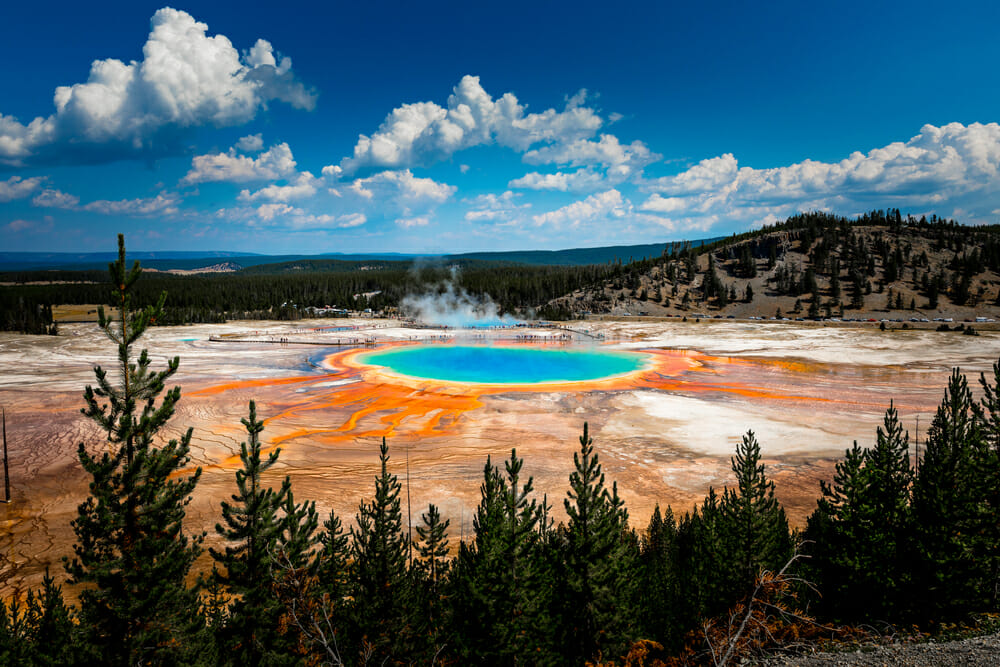
Grand Prismatic Spring view at Yellowstone National Park. PIcture: Shutterstock
Should you still go?
If you’re planning a USA trip this year, and you wanted to visit a National Park, Jason says you should either delay or have a Plan B.
“I think until there is some clarity, I wouldn’t plan on visiting a National Park that would involve a flight from Australia,” he says.
It’s important to note that not all of the National Parks have suffered damage. You should check the status of the park you want to visit carefully.
Parks that were covered in snow, such as Arches National Park in Arizona, were closed because the Trump shutdown meant there were no funds for snowplows and the roads were impassable. National Parks with caves were closed as there were no rangers to give tours. Historical homes were closed for safety.
The Grand Canyon National Park stayed open with extra help from the state of Arizona. In 2018, Governor Doug Ducey issued an executive order to create the Grand Canyon Protection Plan. It established what to do in the event of a Government shutdown. Arizona spent close to $200,000 of its own funds to keep the Grand Canyon clean and open. So it’s still in great shape despite the shutdown.
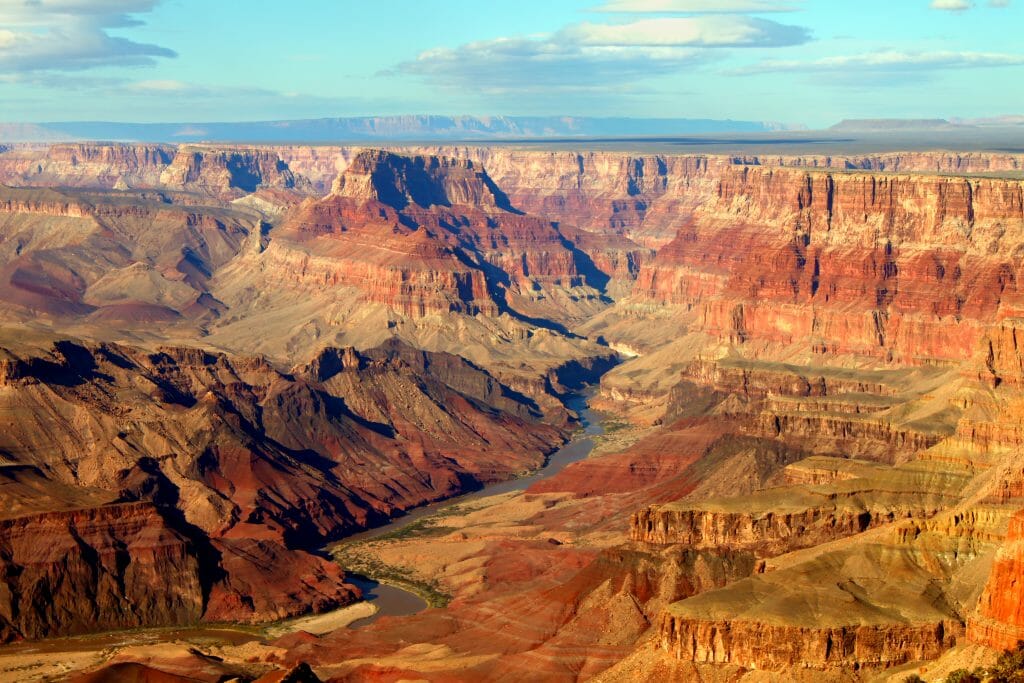
The Grand Canyon. Picture: Shutterstock: Jason Patrick Ross
But if a shutdown does happen again on February 15, trip planning becomes unpredictable.
“Most of the private lodging will be open. The thing to be careful about is planning camping in a National Park. If there is a shutdown that is the hardest thing to do. Either delay or make alternate plans.”
“If you are coming to Southern California plan A (not under a shutdown) you are going to visit Joshua Tree and Death Valley. If we are under a shutdown maybe instead you are going to drive the Pacific Highway and visit some of California’s state parks that sort of things,” Jason says.
You may just need to be a little flexible with your plans until the US Government can be certain of theirs.
READ MORE:
The American Dream: 6 must-see cities in the USA
Our favourite American cities beyond New York and LA
Disney Parks are about to get even better

